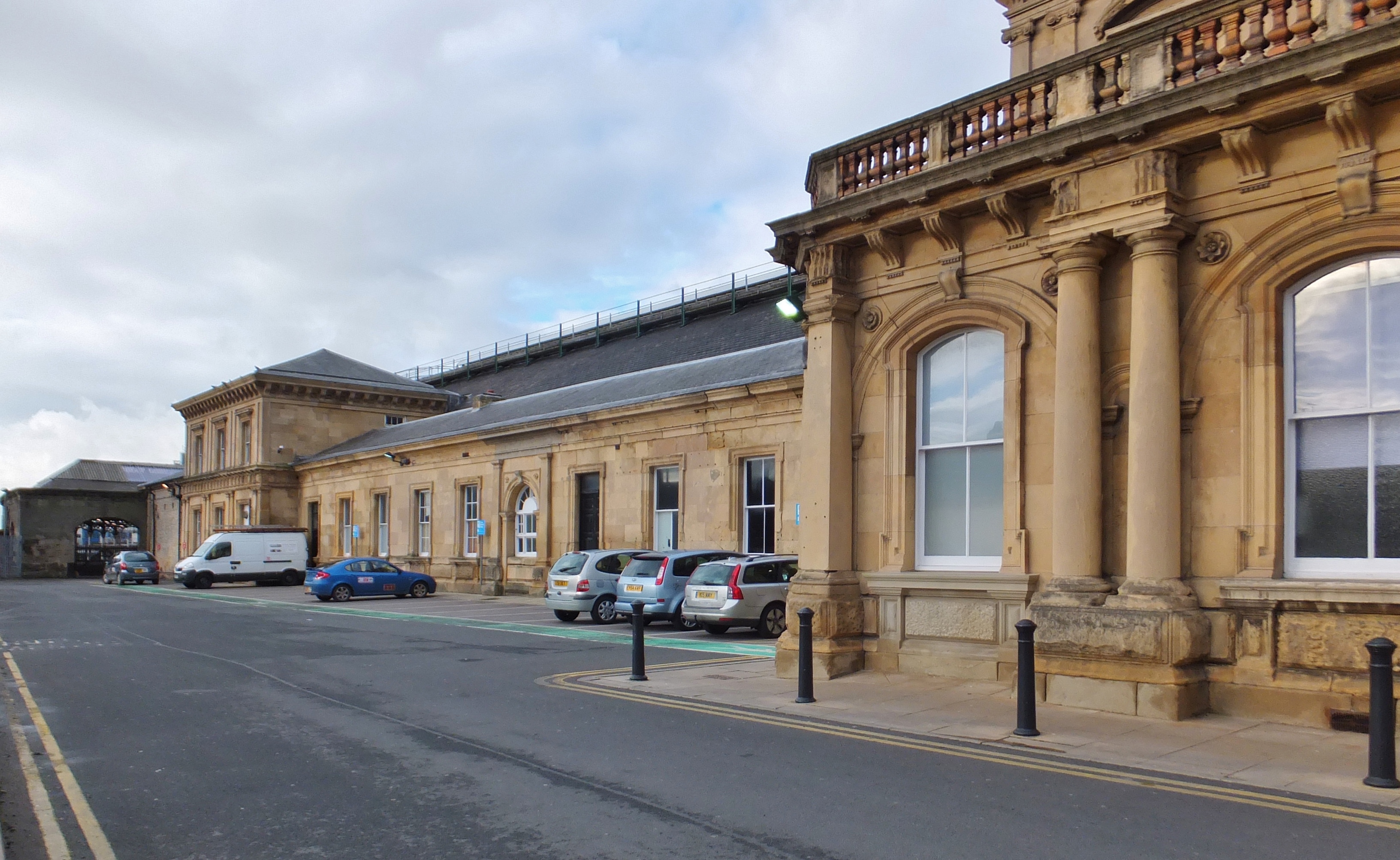|
Hull Paragon Rail Accident
The Hull Paragon Rail accident was a rail crash that took place at Hull Paragon railway station. On 14 February 1927, on the approaches to Hull Paragon station, the incoming 08:22 from Withernsea to Hull collided head-on with the 09:05 from Hull to Scarborough. Twelve passengers were killed and 24 were seriously injured. This happened despite the tracks having the latest safety features available at the time: a system of interlocking should have made it impossible to give ''clear'' signals to trains unless the route to be used is proved to be safe. In his book LTC Rolt comments that "Scarcely any safety device existing at the time was lacking on the network of lines outside Paragon station..." - however, one safety device did exist and was lacking - a track circuit A track circuit is an electrical device used to prove the absence of a train on rail tracks to signallers and control relevant signals. An alternative to track circuits are axle counters. Principles and operat ... [...More Info...] [...Related Items...] OR: [Wikipedia] [Google] [Baidu] |
Hull Paragon Railway Station
Hull Paragon Interchange is a transport interchange providing rail, bus and coach services located in the city centre of Kingston upon Hull, England. The G. T. Andrews-designed station was originally named ''Paragon Station'', and together with the adjoining Station Hotel, it opened in 1847 as the new Hull terminus for the growing traffic of the York and North Midland Railway, York and North Midland (Y&NMR) leased to the Hull and Selby Railway (H&S). As well as trains to the west, the station was the terminus of the Y&NMR and H&S railway's Hull to Scarborough Line. From the 1860s the station also became the terminus of the Hull and Holderness Railway, Hull and Holderness and Hull and Hornsea Railway, Hull and Hornsea railways. At the beginning of the 20th century the North Eastern Railway (UK), North Eastern Railway (NER) expanded the trainshed and station to the designs of William Bell (architect), William Bell, installing the present five arched span platform roof. In ... [...More Info...] [...Related Items...] OR: [Wikipedia] [Google] [Baidu] |
Transport Disasters In Yorkshire
Transport (in British English), or transportation (in American English), is the intentional movement of humans, animals, and goods from one location to another. Modes of transport include air, land (rail and road), water, cable, pipeline, and space. The field can be divided into infrastructure, vehicles, and operations. Transport enables human trade, which is essential for the development of civilizations. Transport infrastructure consists of both fixed installations, including roads, railways, airways, waterways, canals, and pipelines, and terminals such as airports, railway stations, bus stations, warehouses, trucking terminals, refueling depots (including fueling docks and fuel stations), and seaports. Terminals may be used both for interchange of passengers and cargo and for maintenance. Means of transport are any of the different kinds of transport facilities used to carry people or cargo. They may include vehicles, riding animals, and pack animals. Vehicles may inclu ... [...More Info...] [...Related Items...] OR: [Wikipedia] [Google] [Baidu] |
Train Collisions In England
In rail transport, a train (from Old French , from Latin , "to pull, to draw") is a series of connected vehicles that run along a railway track and transport people or freight. Trains are typically pulled or pushed by locomotives (often known simply as "engines"), though some are self-propelled, such as multiple units. Passengers and cargo are carried in railroad cars, also known as wagons. Trains are designed to a certain gauge, or distance between rails. Most trains operate on steel tracks with steel wheels, the low friction of which makes them more efficient than other forms of transport. Trains have their roots in wagonways, which used railway tracks and were powered by horses or pulled by cables. Following the invention of the steam locomotive in the United Kingdom in 1804, trains rapidly spread around the world, allowing freight and passengers to move over land faster and cheaper than ever possible before. Rapid transit and trams were first built in the late 1800s ... [...More Info...] [...Related Items...] OR: [Wikipedia] [Google] [Baidu] |
February 1927 Events
February is the second month of the year in the Julian and Gregorian calendars. The month has 28 days in common years or 29 in leap years, with the 29th day being called the ''leap day''. It is the first of five months not to have 31 days (the other four being April, June, September, and November) and the only one to have fewer than 30 days. February is the third and last month of meteorological winter in the Northern Hemisphere. In the Southern Hemisphere, February is the third and last month of meteorological summer (being the seasonal equivalent of what is August in the Northern Hemisphere). Pronunciation "February" is pronounced in several different ways. The beginning of the word is commonly pronounced either as or ; many people drop the first "r", replacing it with , as if it were spelled "Febuary". This comes about by analogy with "January" (), as well as by a dissimilation effect whereby having two "r"s close to each other causes one to change. The ending of the ... [...More Info...] [...Related Items...] OR: [Wikipedia] [Google] [Baidu] |


.jpg)
